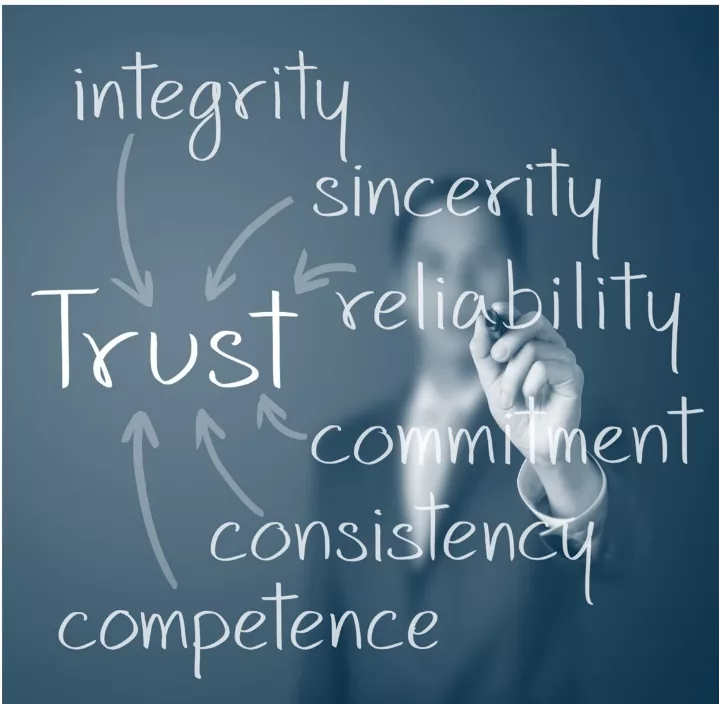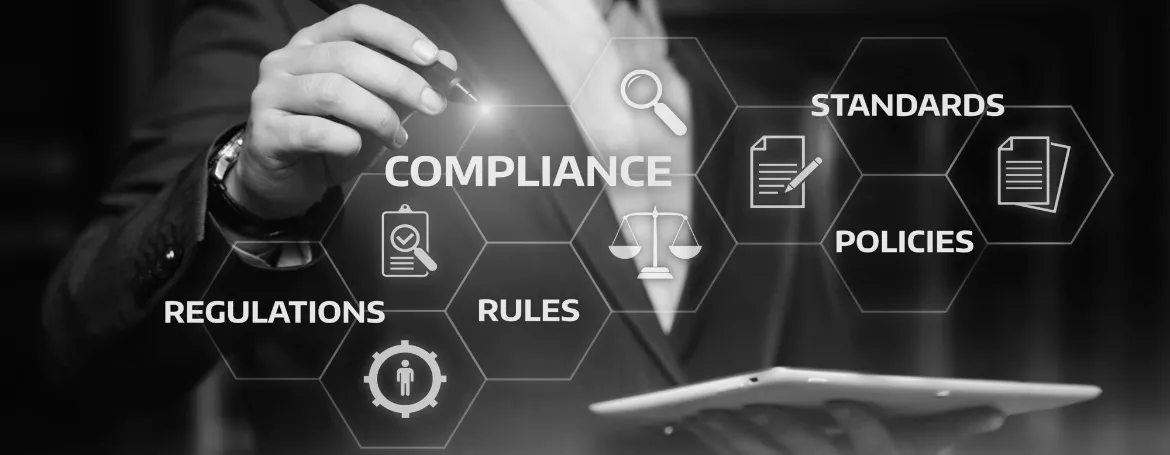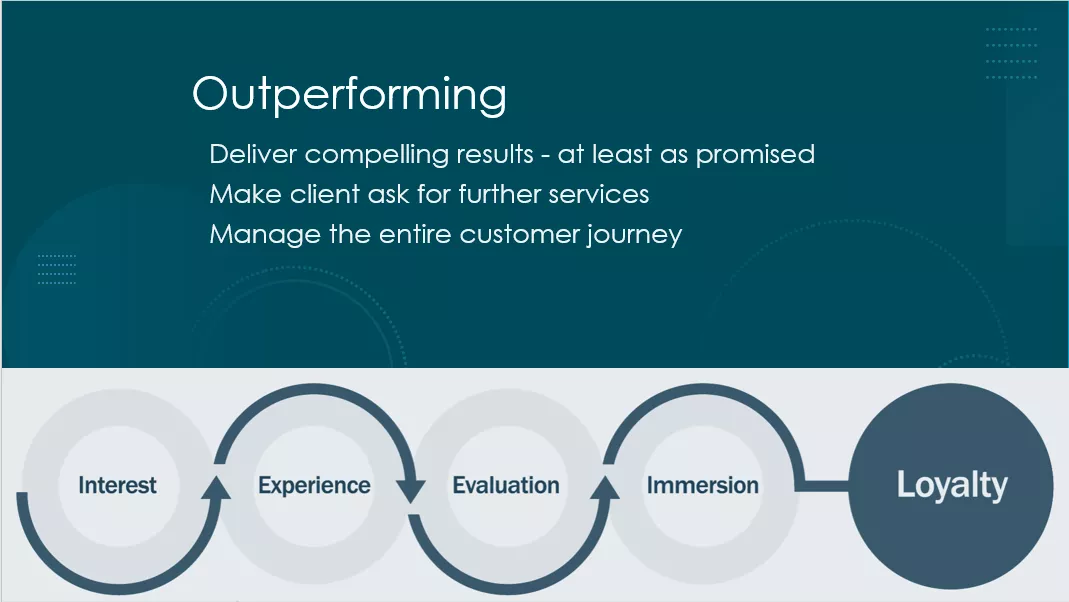Developing a MedTech startup like any business is all about understanding your client’s or partner’s needs, their organizational structure and decision-making process and ultimately, meeting with the right people and providing a relevant pitch.
Avertim hosted a dedicated webinar together with the cluster of innovative players active in life sciences in Brussels lifetech.brussels and hub.brussels to take medtech participants through a step by step approach on how to do business with big international companies.
The webinar included practical examples and typical pitfalls young entrepreneurs make when aiming to go into business with established corporate leaders.
This topic interests you but you missed the webinar? Here are the key take-aways to keep in mind which can actually apply to startups in any industry.

8 best practices to do it the right way
Know your client
Before you can make the first step towards approaching a potential business partner, you need to do your research. Make sure you understand their needs and what they are doing. For this you will need to do an in-depth analysis of your client. Go on their website, read their recent newsletters, go through their yearly reports and publications, and find out how their business is doing. This way you will make sure to also understand their business model. This is key to also understanding how your product could help them and how you could potentially work together. Finally, you will need to identify and select the relevant stakeholders. You want to ensure that your email or your phone call ends up with the right person; the person who can actually take your idea and do something with it. You want to avoid being passed down through many emails to try to get to the manager who you would be able to work with. Use LinkedIn, attend conferences, and use your connections to find out who this person could be. Blindly contacting a large international company could lead to a lot of wasted energy.
Create the perfect pitch
Once you have done your research of the company and identified the relevant stakeholder(s), your next step will be to present yourself and your product. This is also a critical step that requires lots of preparation. In order to leave an impression, you will need to prepare the perfect pitch which is able to catch the attention of your audience right from the very beginning. Maybe start with a shocking statement or highlight a problem that you know that company has been facing and how you could help. Although, be very aware not to reflect negatively on the company. Give real life examples of your product without digging too deep into the technicalities. Keep it short, keep it simple, and make sure your client understands how your product could help make them the winner in the future. There will be time for technicalities later, now is the moment to get to the point and capture their interest.
Build trust
When you have managed to get their attention and spike their interest, you can be sure that it is now the client’s turn to do their research. They will want to know who you are and whether they can trust you. The best way to do this is to share as many references as you can, show what you have done and who you have worked with in the past. It is crucial to be honest about what you can deliver. Don’t over-promise anything, it’s okay to be modest. It is very likely that the client knows what you are talking about as they are researching the area themselves or have likely already spoken to other companies too, so they might be able to see right through your over-confidence and take that as a sign not to trust you. Therefore, honesty is the best value here and make sure to openly share what you have done and where you see your product going in the future.

Make a value proposition
This is often the tricky part. Here you need to go further than the picture you painted during your pitch of how your product could benefit the client and how you consider that it could improve their revenues or future business plans. When it comes to the client taking that next step, they will need to know exactly how your product will improve their business and they will need hard numbers to prove that investing in you will be worth it. Find a way to visualize how you can make things better and use economic parameters. The project manager that you are talking to might be very interested in your product, but they will have to convince their upper management to actually invest in it. So, they will need to show the numbers and you should be prepared to provide them. This way you will not only have them interested in your product, but also leave them hungry to learn more.
Keep them engaged
What we have often seen happen is that the company is very interested in your product and sees a future partnership with you but is unable to commit at the current time. This will undoubtedly leave you hanging, but it is important not to let this opportunity go. Make sure to follow up regularly with the client and see whether they are still interested. Maybe try to find out what their timelines look like and when you can expect to be able to move forward. It is also encouraged to provide regular updates on your business progress, let them know if there is any interesting news from your side and highlight new opportunities if they arise. It’s important to stay patient, support your advocates, and keep your client engaged. And be aware that it could take a long time before your partnership finally gets started; big corporations tend to move a lot slower than small startup companies.
Adapt to their processes
When everything aligns and you are ready to go into business with your client, the contracting process can begin. Expect high demands on compliance from their side and a deep dive into your product and business. They will have very complex processes in place, including legal, data privacy, and intellectual property. Make sure to use your own legal excellence when making contracts because they will have their experts too. It is likely that your contract will go through many different departments in the company so don’t be hesitant to keep all relevant stakeholders involved. Your original contact person may not know what is going on at the legal side and it would be helpful to keep them up to date on the status too. Make sure not to rush into signing the contracts, get expert advice, and ask as many questions as you need. This is a partnership and you need to guarantee that your future business will not be impacted.

Achieve success together
Working together is a continuous effort. While the project is ongoing it is important to ensure that success is felt like a joint team effort. Make sure your contribution is also highlighted and don’t hesitate to provide potential outlook for the future. As the project progresses you should make an effort to celebrate any milestones that are achieved. However small they may be, this will keep the team spirit strong and empowers healthy partnerships. Celebrate these successes together and share frequent communications both inside as outside the company. Inside the company it will help you keep awareness for your project within a large corporation which is useful for future collaborations. Outside the company these communications will be necessary for your future business development. Make sure that your contract clearly states that you are allowed to share and communicate about your ongoing project. As you are building your company it is crucial that you gather references and increase visibility within your field of expertise.
Outperform
Besides positive results, another great outcome of this partnership is of course to keep it going for as long as possible. You have laid all the groundwork, done the preparation, built up the trust, refined the contracting, which all took a lot of time, so hopefully you will be able to stay in business with this client for a long time. To do this, you will need to deliver compelling results – at least as promised. Keep the client happy and make them ask for further services. Don’t hesitate to reach out to other people in the company and see if you can start up any other projects with other departments. These big companies often offer many opportunities for you. It is important to manage the entire customer journey, keep the client interested, engaged, and create a sense of loyalty between you and the client.

You want to learn more about how Avertim can help startups & corporate work together? You have a practical case and need expert advice? Get in touch with our team via info@avertim.com or Contact us
